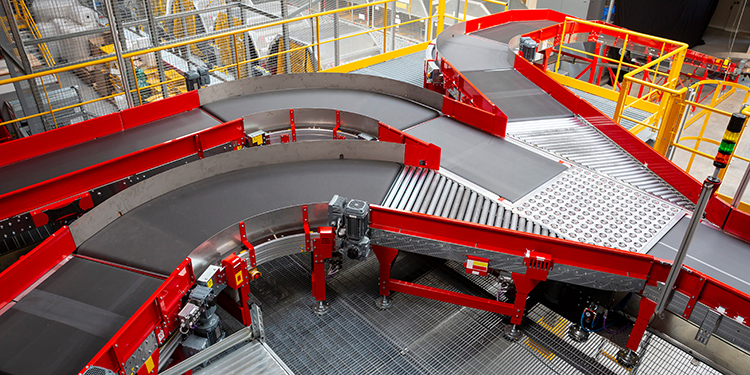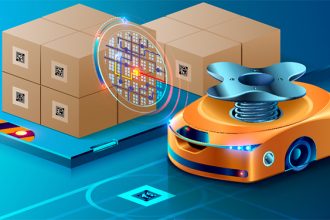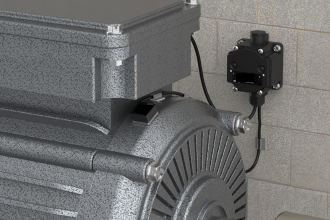Key Considerations In Determining Conveyor And Sorter Total Cost Of Ownership

While many operations commonly calculate return on investment (ROI) when making a significant capital expenditure on new material handling equipment — such as conveyor or sortation systems — more are beginning to also consider the total cost of ownership (TCO) of a given solution. Beyond the initial acquisition cost, there are a number of different factors that contribute to TCO, some obvious, others less so.
To help organizations more accurately determine TCO for a conveyor or sorter investment, the members of the Conveyors and Sortation Systems (CSS) Industry Group of MHI has compiled a list of costs associated both with the acquisition of the system and with its ongoing operation. The group — whose 30-plus members have completed thousands of projects ranging from small, initial automation investments to large, complex projects synthesizing integrators, multiple vendors, and different municipalities — suggests including the following key considerations when calculating TCO:
Equipment acquisition, installation and commissioning. The total acquisition cost of the equipment is an obvious factor. However, the amount of time it may take to determine the appropriate design specifications, perform a digital simulation to validate the system design in an existing or new facility, build, and deliver the equipment also has associated costs. Additionally, installation, testing and commissioning time and costs should be included, as well as any expenses associated with the supplier’s on-site support during this phase. Further, integrating the new system with existing software and equipment may require additional outside assistance from other suppliers, which contributes to the total installation costs.
Appropriate design of the system to match operating needs. The optimal conveyor or sortation system will be designed based to match the facility’s operating needs, typically at peak. An under-designed system that is run at its maximum capacity around the clock will be more prone to breakdowns and worn parts. It will also likely be destined for a shorter lifespan than that of a system that was designed to match the actual characteristics of the products, parcels, cartons, or pallets it will be handling, as well as the desired throughput rates. An incorrectly designed system is also more likely to result in damaged products, which contributes to TCO. Energy consumption is a factor in this calculation as well; the more energy efficient a system is, the lower its TCO will be.
Ongoing maintenance, repair, and spare parts costs. Impacted by the suitability of the system for the throughput needs of the operation, as noted above, ongoing costs associated with both routine upkeep and emergency repairs should be included in TCO calculations. Depending on the supplier and the system design, spare parts costs can be higher or lower. Expenses related to unanticipated downtime due to a system breakdown should also be considered. Whether or not the maintenance will be managed in-house or outsourced to the supplier or a third party also impacts TCO.
Training for operation and maintenance. Even the most optimized conveyor or sorter solution won’t function properly if operations and maintenance people have not been thoroughly trained to use and service the equipment. There are costs associated with training operators as well as in-house maintenance personnel that should be factored into the TCO calculation.
Decommissioning costs. Every piece of material handling equipment, conveyors and sorters included, will eventually reach the end of its useful life. There are expenses associated with decommissioning and disposing of the system, which should also be assessed.
To further help with the calculation of equipment TCO, CSS has partnered with PMMI, The Association for Packaging and Processing Technologies, to share its PMMI OpX Leadership Network’s Total Cost of Ownership (TCO) Tool. Consisting of a user guide and a workbook checklist in spreadsheet format, the tool breaks down the ongoing costs that factor into the true cost of running machinery, from design and application through maintenance and environmental concerns.
Want to learn more about the integration and operation of conveyor and sortation systems in your facility? CSS offers a variety of publications and resources on these topics and more.



